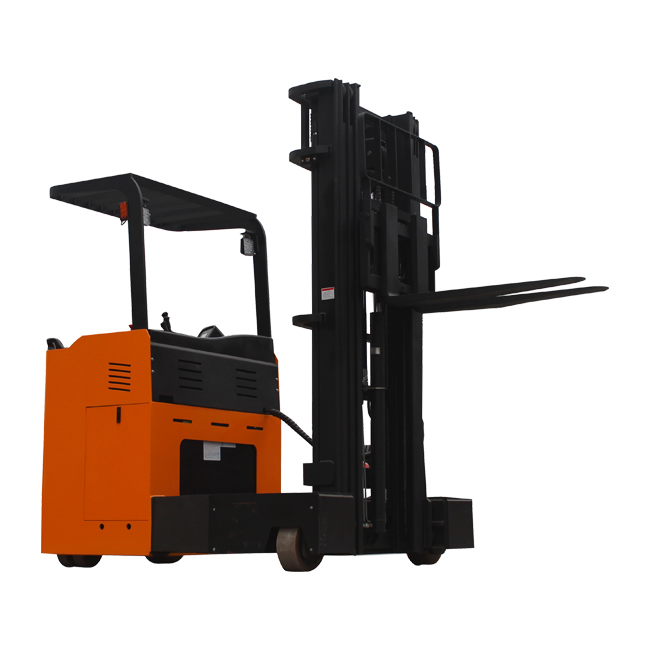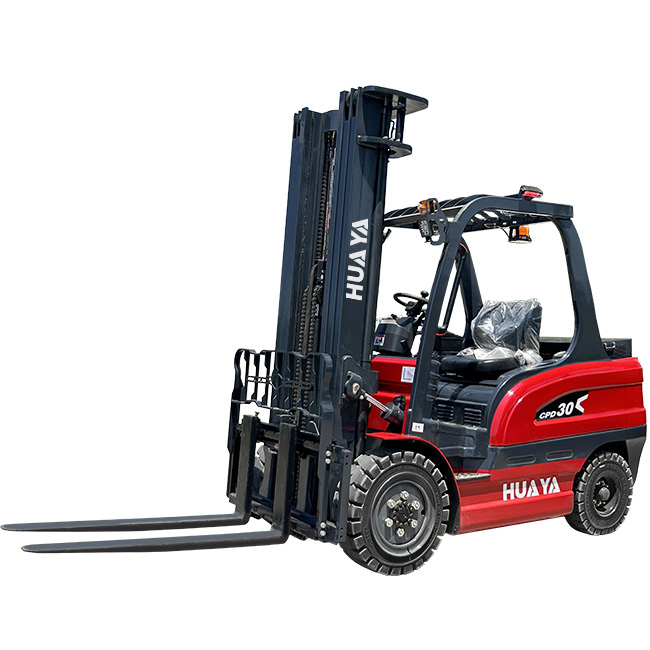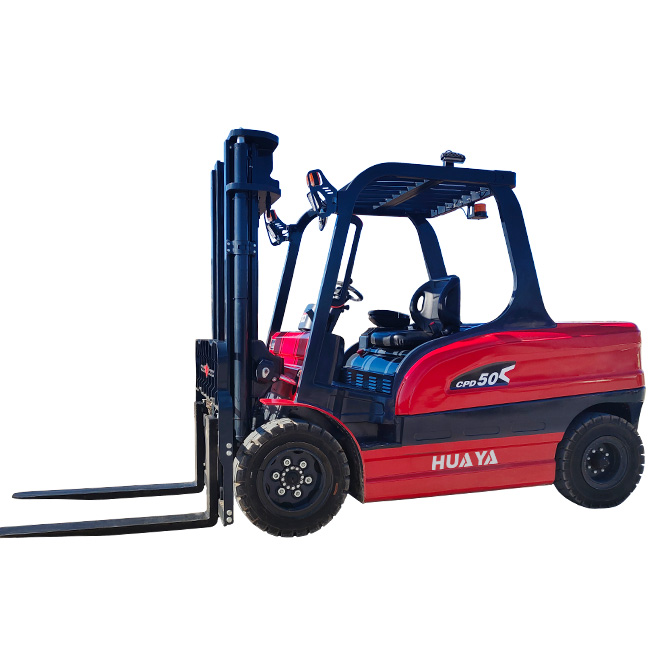What Is a Reach Truck Limit?
11 Aug 2025
A reach truck limit refers to the operational boundaries of a reach truck, including its maximum lifting height, load capacity, and safe operating conditions. These limits are set by the manufacturer and are crucial for ensuring safety, maintaining efficiency, and prolonging the lifespan of the equipment. Ignoring these limits can lead to accidents, product damage, and costly downtime.
Lifting Height Limit
Every reach truck has a maximum mast height—often between 8 to 13 meters—designed to keep the truck stable while lifting. When loads are raised beyond the rated height, the center of gravity shifts, increasing the risk of tipping. Warehouse managers should always match the reach truck’s height limit to the racking system to prevent instability.
Load Capacity Limit
The load limit is usually expressed in kilograms or pounds and decreases as lift height increases. For example, a reach truck rated for 2,000 kg at ground level might only handle 1,200 kg at full extension. Exceeding this limit puts excessive stress on the mast, hydraulics, and tires, leading to premature wear or sudden failure.
Environmental and Operational Limits
Beyond height and weight, reach trucks have limits in terms of floor conditions, aisle width, and operating temperature. Most are designed for indoor use on smooth, level floors. Using them outdoors or on uneven surfaces can exceed design tolerances, reducing safety and control. Cold storage facilities also require specially adapted reach trucks with components rated for low temperatures.
Why Respecting Reach Truck Limits Matters
Observing these limits is not just about compliance with safety regulations—it ensures operator safety, minimizes equipment damage, and optimizes productivity. Operators should always check the data plate, follow manufacturer guidelines, and undergo proper training to understand a reach truck’s safe working envelope.



